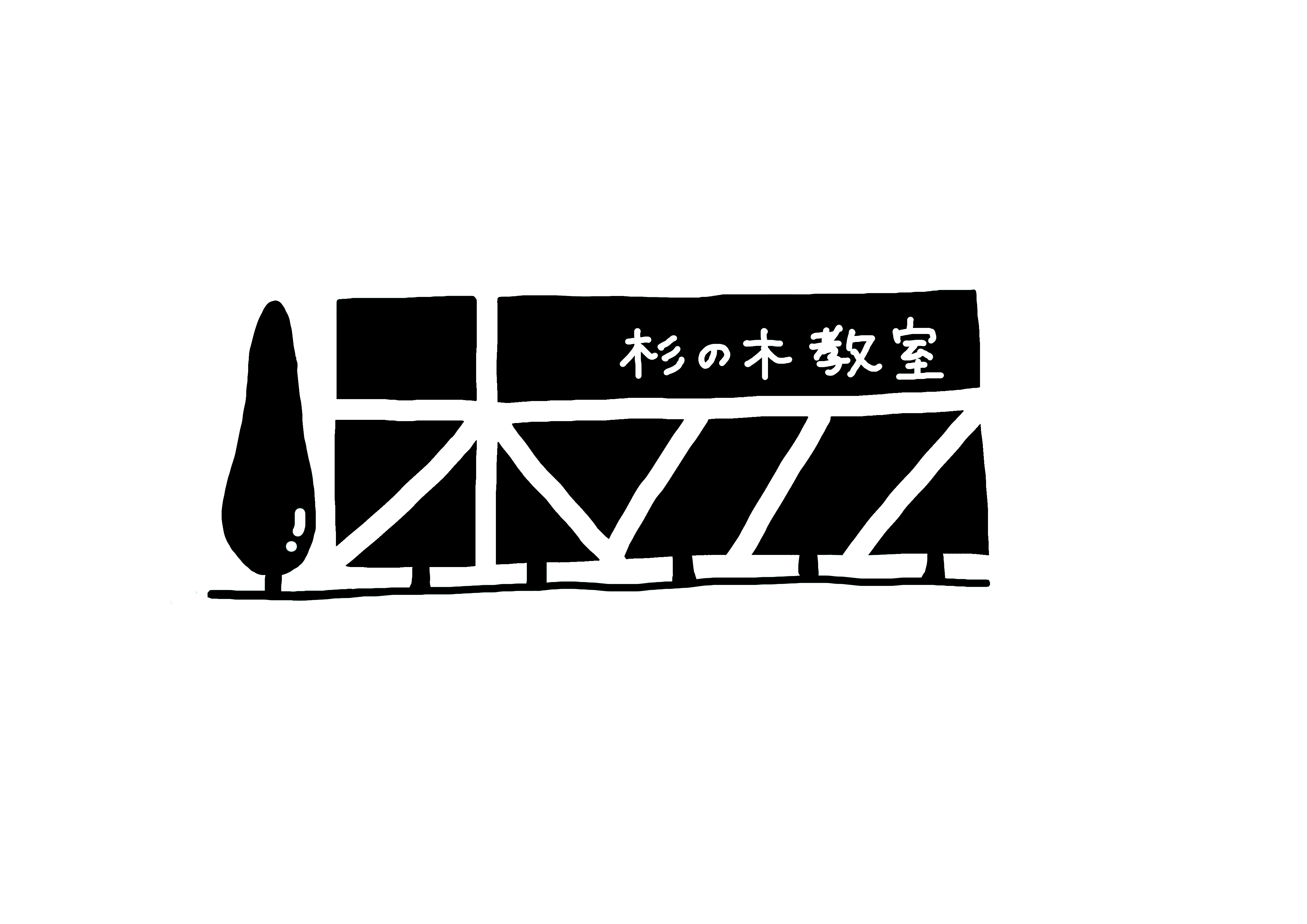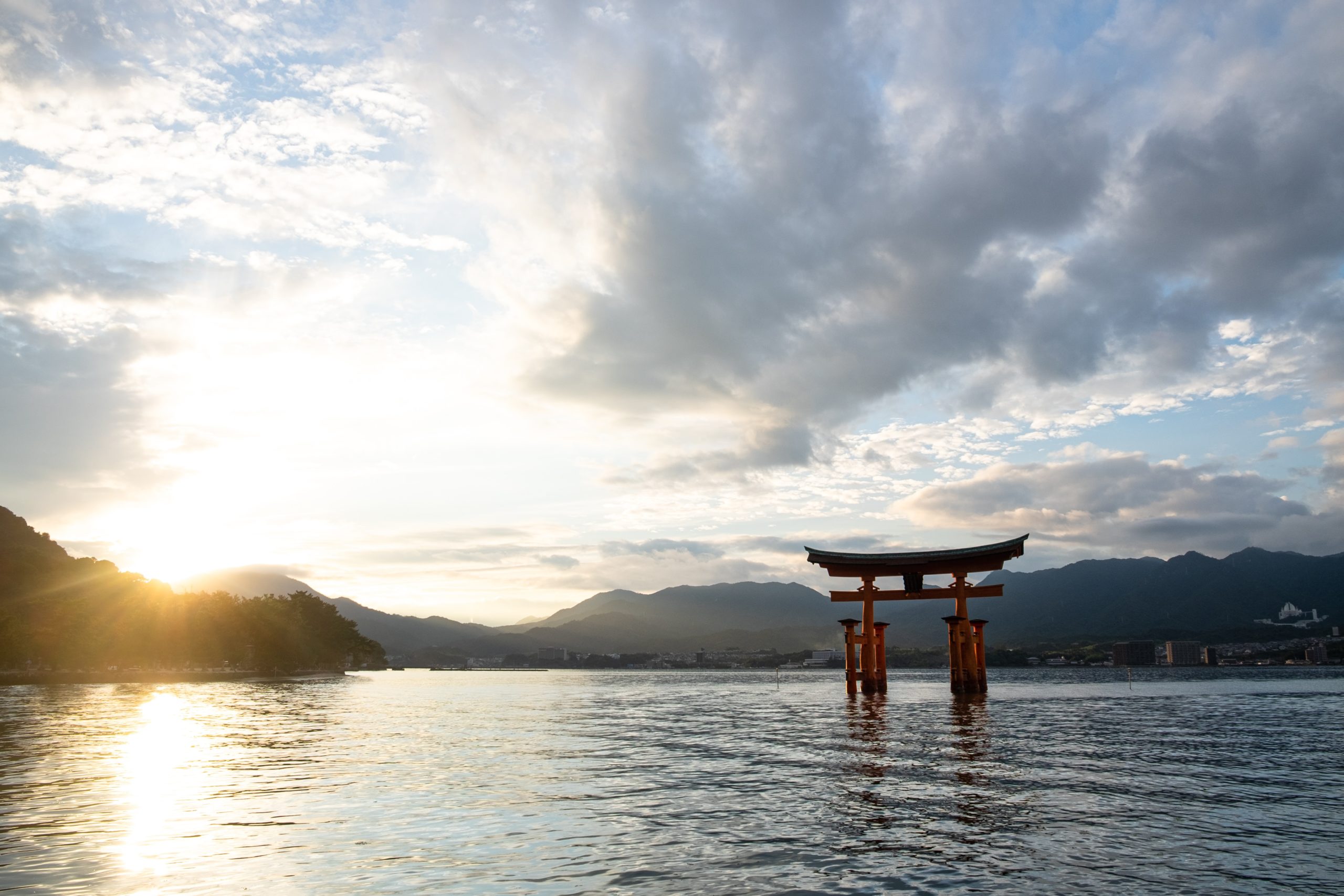Hi, I am Sugihara Junichi in Japan, a Shinto priest.
my profile
I want to introduce Shinto to the world in English.
Although my English is not still good, I want to challenge it.
So if you find my mistakes, would you tell me that in the comments.
I would be glad.
Please enjoy reading this article.
When does Shinto begin?
Jinja is a place where the spirit of Kami (or a deity or deities ), is enshrined, it represents the oldest form of the faith of the Japanese. There are about eighty thousand shrines throughout Japan. The faith related to Jinja is Shinto.
Well, when dose Shinto begin?
Unfortunately, nobody knows when it began. We are only able to guess its origin.
Now, we begin with looking back at that from10,000 years ago.
And with six keywords,
Hunting
Rice Cultivation
Community
Nature Worship
Spirit Worship
Ancestor Worship
Let’s begin!
Hunting, Nature Worship

About 10,000 years ago, the earth climate became mild, and in Japan it also became mild and comfortable like nowadays.
Situated to the northeast of the Asian continent, Japan is full of geographical variety. Although its area is comparatively small, it is full of variety, with seas, rivers, mountains, valleys and plains, while forest cover nearly 70% of the land. The climate is relatively mild throughout the year with four seasons that change roughly every three months.
With such geographical and climatic conditions, hunting in ancient Japan. People lived on the plateaus near the rivers and in the pit dwellings.
In the life style of hunting deeply concerned to nature, people felt the sacredness in the natural power beyond human abilities and got to worship them eventually.
This is the nature worship.
Rice Cultivation, Spirit Worship

About 3,000 years ago, rice farming was brought into Japan from China.
In the 4th century BC, hydroponic rice cultivation appeared in the western Japan, and then spread to the eastern Japan.
People stored harvests in the stilt warehouse. The life style of Japanese people changed from hunting to hydroponic rice cultivation and storing harvests.
In addition, weaving technology was also brought, there were great developments of technology such as making Magatama. Magatama is made of stone and used for rituals.
People got to worship things made by high technologies.
Particularly mirrors, swords and Magatama were treated sacredly.
In ancient books, spirits which were in these things were called “tama”, “mono”, “hi”,”chi”.
People worshipped these things where spirits dwelt.
This is the spirit worship.
Community, Ancestor Worship

Rice cultivation required more cooperative works than hunting, such as clearing and securing waterways.
The talented leader appeared in a community and were respected by the others.
After his death, he was purified and worshipped.
In addition, due to the progress of social division of labor, the ancestors of the same occupational group, or the central figure of the regional development, became worshiped after their death.
At first, the ancestors who contributed to the community were worshipped, and later all the ancestors got to become worshipped.
This is the ancestor worship.
Summary
As the society developed from hunting to a larger community, objects people worshipped changed and spread.
Hunting
Rice Cultivation
Community
Nature Worship
Spirit Worship
Ancestor Worship
The change like this is seen all over the world, but it gradually formed a characteristic ritual and content of faith, It has become Shinto centered around the current shrine.




コメント